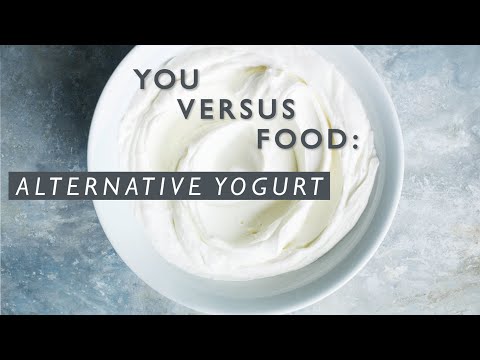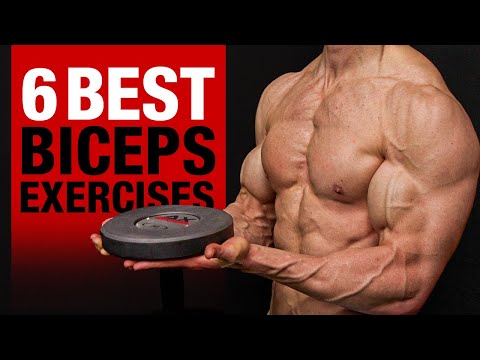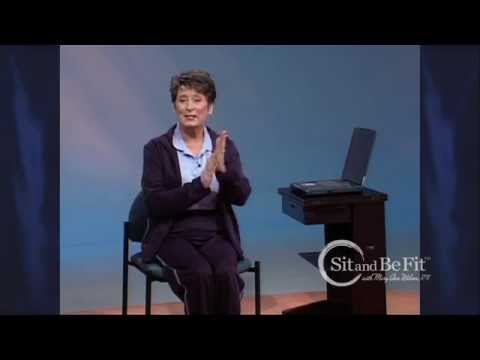
http://www.nestacertified.com (Training provided by Wexford to NESTA/Spencer Institute) Learn about genetics and cellular biology. Cells are the basic building blocks of all living things. The human body is composed of trillions of cells. They provide structure for the body, take in nutrients from food, convert those nutrients into energy, and carry out specialized functions. Cells also contain the body’s hereditary material and can make copies of themselves.
Cells have many parts, each with a different function. Some of these parts, called organelles, are specialized structures that perform certain tasks within the cell. Human cells contain the following major parts, listed in alphabetical order:
Cytoplasm (illustration)
Within cells, the cytoplasm is made up of a jelly-like fluid (called the cytosol) and other structures that surround the nucleus.
Cytoskeleton
The cytoskeleton is a network of long fibers that make up the cell’s structural framework. The cytoskeleton has several critical functions, including determining cell shape, participating in cell division, and allowing cells to move. It also provides a track-like system that directs the movement of organelles and other substances within cells.
Endoplasmic reticulum (ER) (illustration)
This organelle helps process molecules created by the cell. The endoplasmic reticulum also transports these molecules to their specific destinations either inside or outside the cell.
Golgi apparatus (illustration)
The Golgi apparatus packages molecules processed by the endoplasmic reticulum to be transported out of the cell.
Lysosomes and peroxisomes (illustration)
These organelles are the recycling center of the cell. They digest foreign bacteria that invade the cell, rid the cell of toxic substances, and recycle worn-out cell components.
Mitochondria (illustration)
Mitochondria are complex organelles that convert energy from food into a form that the cell can use. They have their own genetic material, separate from the DNA in the nucleus, and can make copies of themselves.
Nucleus (illustration)
The nucleus serves as the cell’s command center, sending directions to the cell to grow, mature, divide, or die. It also houses DNA (deoxyribonucleic acid), the cell’s hereditary material. The nucleus is surrounded by a membrane called the nuclear envelope, which protects the DNA and separates the nucleus from the rest of the cell.
Plasma membrane (illustration)
The plasma membrane is the outer lining of the cell. It separates the cell from its environment and allows materials to enter and leave the cell.
Ribosomes (illustration)
Ribosomes are organelles that process the cell’s genetic instructions to create proteins. These organelles can float freely in the cytoplasm or be connected to the endoplasmic reticulum (see above).
For more information about cells:
The National Institute of General Medical Sciences has a science education booklet about cells called Inside the Cell.
The Genetic Science Learning Center at the University of Utah offers an interactive introduction to cells and their many functions.
Arizona State University’s “Ask a Biologist” provides a description and illustration of each of the cell’s organelles.
Queen Mary University of London allows you to explore a 3-D cell and its parts.
Additional information about the cytoskeleton, including an illustration, is available from the Cytoplasm Tutorial. This resource is part of The Biology Project at the University of Arizona.
Click over to learn how NESTA and the Spencer Institute can help you reach your training and coaching career goals.






